I am running regressions using various subsets of a data set and a number of dependent variables.
An example using attitude data:
library(stargazer)
#REGRESSIONS USING DATASET 1
linear1.1 <- lm(rating ~ complaints, data = attitude) #dependent 1
linear1.2 <- lm(privileges ~ complaints, data = attitude) #dependent 2
#REGRESSIONS USING DATASET 2
linear2.1 <- lm(rating ~ complaints, data = attitude[1:15,]) #dependent 1
linear2.2 <- lm(privileges ~ complaints, data = attitude[1:15,]) #dependent 2
As you can see, both depdendent variables rating and privileges are used in regressions for both subsets of the data. Using a standard stargazer approach produces the following table:
stargazer::stargazer(linear1.1,linear1.2,linear2.1,linear2.2,
omit.stat = "all",
keep = "complaints")
Each column represents one of the regression models. However, I'd like to have each column represent one dependent variable. Each subset of the data should represent one row:
I have produced this table by hand. Does anyone know whether it's possible to achieve this using stargazer? I have a lot of regression subsets and dependent variables, so a highly automatic solution is appreciated. Thanks!

